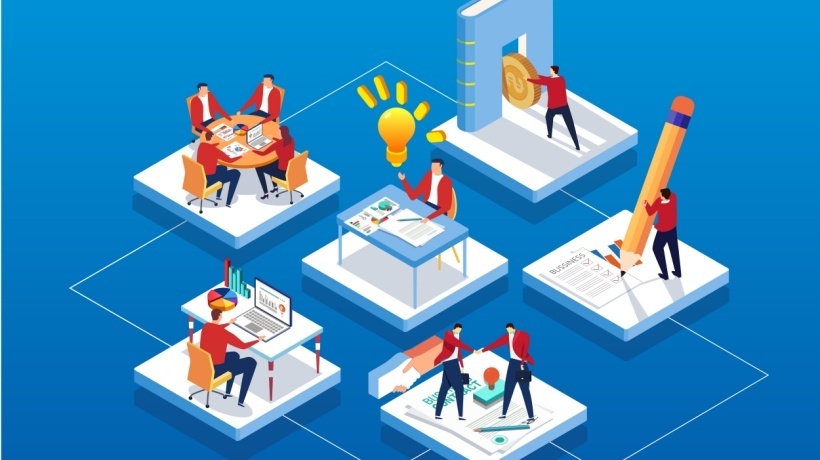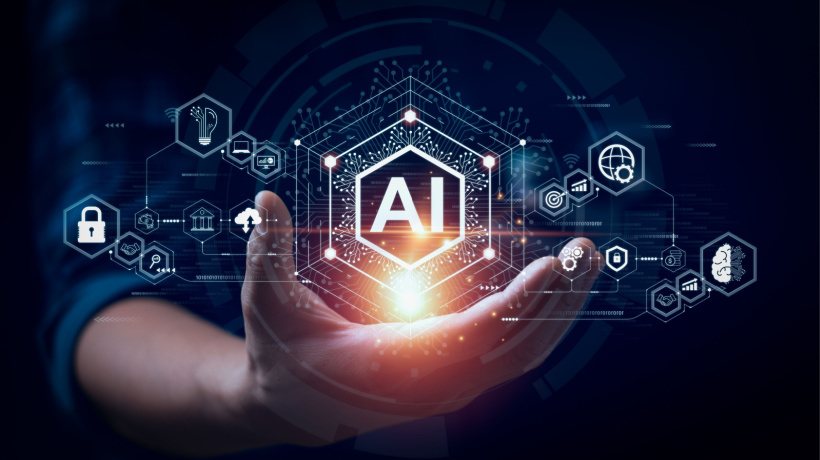Which Learning-In-The-Flow-Of-Work Challenges Can Hinder Its Successful Implementation?
As rapid technological advancements change the face of the modern workplace, employee development has become essential for companies. However, asking employees to complete lengthy training programs on top of their busy work schedules is unrealistic. For this reason, workflow learning is growing in popularity thanks to its ability to seamlessly incorporate learning into everyday work tasks and achieve unprecedented knowledge retention and implementation. Nevertheless, workflow learning comes with its own challenges that can significantly affect its chances for success. In this article, we discuss 7 learning-in-the-flow-of-work challenges you must keep in mind to enjoy its full potential.
7 Challenges That Negatively Impact Workflow Learning And How To Overcome Them
1. Limited Time For Learning
Having hectic schedules is an everyday occurrence for many employees. And although they might have learned how to balance their tasks to efficiently meet deadlines, dedicating time to developing their skills might be too much to ask. In fact, many employees don't even start training programs for fear of the toll it will take on their productivity. As a result, learning becomes a low priority, thus hindering innovation and advancement within your organization. Overcome this challenge by being mindful of how you integrate learning into your workforce's tasks so that it's not a separate activity. Microlearning and technology will be your allies throughout this process.
2. Irrelevance To Job Responsibilities
The only way for workflow learning to function and captivate employee attention is to be relevant to their tasks, roles, and responsibilities. When learning materials can be directly aligned with the realistic requirements of the workplace, it is easier for employees to see the value of learning. However, training programs often cover skills and capabilities that are deemed necessary without taking into account the needs and existing abilities of employees. Therefore, before developing training materials or assigning them to team members, make sure they are relevant to a project they are working on now or will be taking on in the near future.
3. Outdated Technology
Using the right tools is a top priority for L&D, as employees need to be able to access learning resources easily and quickly. Therefore, inadequate technology can be a learning-in-the-flow-of-work challenge that's keeping you from achieving the desired results. Most businesses invest in Learning Management Systems to keep training materials organized and readily available. However, unintuitive navigation or poor integration with other software or tools employees use during training could still cause frustration and discourage employees from seeing their training through. Make life easier for everyone involved by carefully choosing tools so that they're not only cost-effective but also easy to use and combine with each other.
4. Resistance To Change
The changeover from traditional training methods to learning in the flow of work may not be welcomed by everyone. Despite it being a more effective—and frankly, enjoyable—training method, many employees might be hesitant to try it at first. This may be because they fear it will take up more time, especially until they get used to it, or because it will disrupt their workflow and impact their performance. Although these things may happen during the first stages of the transition period, they are not enough of a reason to not give workflow learning a chance. Make sure to clearly communicate the benefits of embracing continuous learning and your employees' resistance will slowly disappear.
5. Inadequate Support From Superiors
Overcoming learning-in-the-flow-of-work challenges requires involvement and support from managers. Failing to explain the reasons behind a corporate training transformation and its advantages for employee development can lead to resistance, disengagement, and, ultimately, poor learning results, as we already discussed. But apart from that, leadership can inadvertently hinder the success of workflow learning by pressuring employees for fast results. Focusing on speed instead of quality can lead to poor knowledge retention and beat the purpose of workflow learning. Management must be accepting of mistakes, have realistic expectations regarding learning outcomes, and be willing to support their teams during all stages of training.
6. Lack Of Feedback
Monitoring metrics is a valuable tool for measuring learning progress and the effectiveness of your training program. In addition to that, it helps leadership give employees structured feedback regarding how far they have come on their learning journey. Without it, employees are left directionless, which could lead to the perpetuation of negative behaviors and the loss of chances for improvement. Ultimately, employees lose sight of the purpose of learning and, with it, the motivation to keep trying to expand their skillsets. Therefore, exchange feedback with your staff to let them know their strengths and weaknesses. This will keep them engaged in the learning process and maximize their performance.
7. Poor Quality Of Training Content
You could be getting all of the above correct, but as long as your resources are not of high quality, you won't get the results you need. Employees will quickly stop taking training seriously if there are mistakes in the materials, omissions, formatting that doesn't work on different screen sizes, etc. As a result, you must review and update learning materials regularly so that the information you include is correct and up to date. It would also be useful to allow employees to consume content in different formats depending on their preferences, i.e., in video form or as a podcast. Personalization can really transform how your employees view training and how easily they make it a part of their routine.
Conclusion
Giving your employees the chance to practice learning in the flow of work will transform how they view corporate training and increase their willingness to participate. In this article, we discussed which learning-in-the-flow-of-work challenges you need to overcome to enjoy its full benefits. From managing time restrictions and updating your equipment to offering support and ensuring the quality of your training content, keeping the common obstacles in mind will help you implement a successful strategy in your organization.









